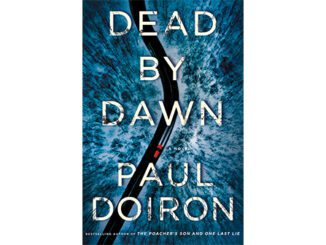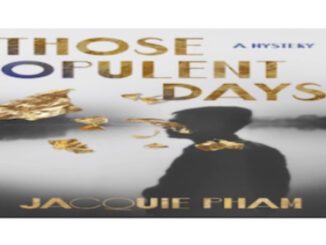
It’s 1970 in Los Angeles, and Easy Rawlins, a character who embodies strength and resilience, has come a long way since Walter Mosley launched his series about this black private detective with “Devil in a Blue Dress.” In that first novel, published in 1990, we met Easy as a young World War II vet. It was 1948, and he’d just moved to Los Angeles after losing his job at a Houston defense plant, and he was struggling to pay his bills. In “Farewell, Amethystine,” the 16th book in the series, Easy is a 50-year-old family man living in a lovely house and a three-person private detective agency.
However, he’s still a black man in a city where driving a nice car or walking in a white neighborhood is grounds for arrest — or even a beating. The story unfolds with the classic intrigue of hardboiled crime novels: A beautiful woman walks into the detective’s office and asks for help. Her name is Amethystine Stoller. Her forensic accountant ex-husband has mysteriously gone missing, and she wants Easy to find him. As Easy presses her for details, he grows uneasy. He can tell she’s lying about something. More than that, she reminds him of his first love, a grown woman who bedded him when he was just a boy and then disappeared. He looked for her for years and has never forgotten her. He’s reluctant to take Amethystine’s case, but he’s drawn to her.
The book’s title, however, tips off readers that their budding love affair is unlikely to work out. Easy soon discovers that her ex’s disappearance has something to do with gangsters, a Las Vegas casino and, eventually, a series of murders. For help, Easy turns to Melvin Suggs, his lone friend in the LAPD, but learns that Suggs is in hiding, betrayed by corrupt officers in the department. So now, in addition to searching for Amethystine, Easy has a second problem. Fans of this series may be disappointed that Easy’s dangerous friend, Mouse, only makes a cameo appearance. However, the detective’s old pal, Fearless Jones, is on hand to watch Easy’s back.
Mosley’s plotting can be complex to follow — much like the work of Raymond Chandler, whose detective character, Philip Marlowe, worked the mean streets of Los Angeles in the 1940s. As with Chandler’s books, however, the main attraction of the Easy Rawlins novels is the superb prose. Much of Mosley’s dialogue straight out of Watts and Compton is pitch-supersensual. Some passages have the sensuous rhythm of a basement slow dance.



